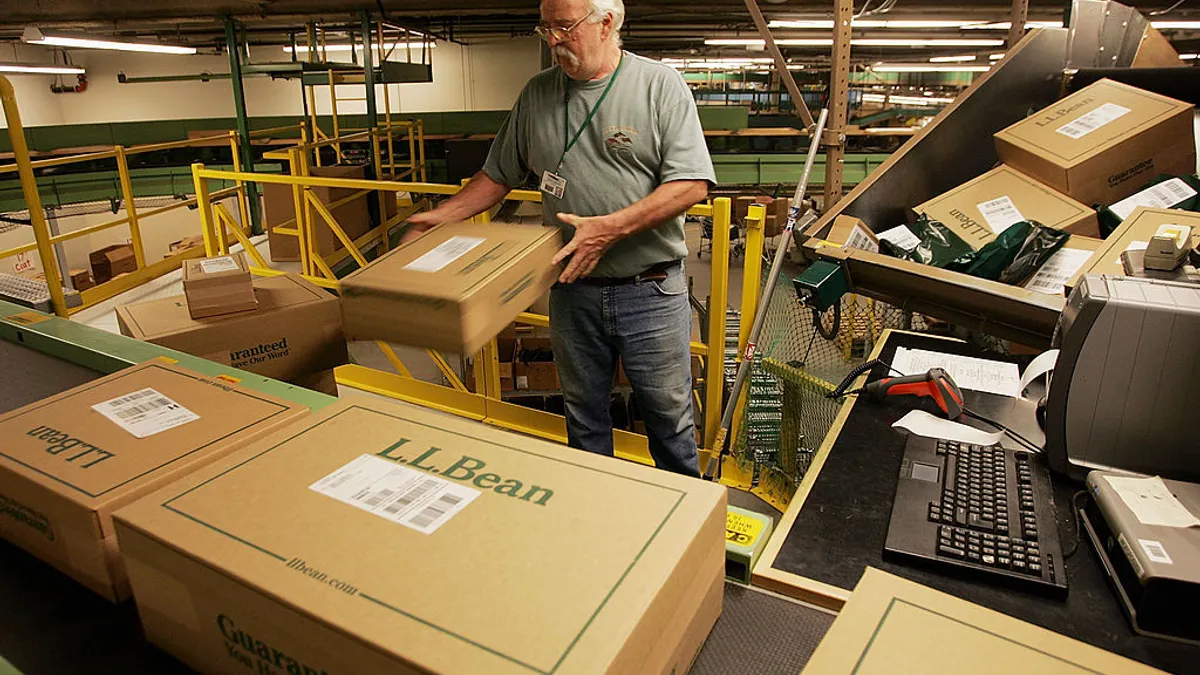Dive Brief:
- The Biden administration wants the country to use biotechnology to improve agricultural productivity and sustainability, create more nutritious and safer food and protect food animals and plants from pests and environmental harm. The objectives were outlined in a new report detailing the administration’s “bold goals” for biotechnology.
- While there are specific R&D needs for each larger goal for food biotechnology, the report also outlines ones common to all of these issues. They include building more food-grade biomanufacturing facilities, including ones for precision fermentation; supporting infrastructure for more plant and animal gene sequencing and breeding; and developing a greater understanding of consumer acceptance of food products made with the assistance of biotechnology.
- The report does not represent promises or commitments by the federal government. It does lay out fairly detailed R&D priorities — for government, research institutions, investors and private companies — in order for the goals to be achieved.
Dive Insight:
In September, when President Biden signed an executive order setting a whole-of-government approach to biotechnology and making it a national priority, food was mentioned, but not given top billing.
This new, more detailed strategy document gets deep into how biotech can improve the food system: more efficient agriculture, increasing sustainability of the entire food system, creating more nutritious food, and making the system as a whole more resilient to climate change and other external problems.
“Biotechnology and biomanufacturing are providing transformative solutions to many of the greatest challenges facing U.S. agriculture and food production, including climate change, food and nutrition insecurity, and pests and diseases in agricultural plants and animals,” the report reads.
Many of the goals outlined in the report and their R&D needs are familiar to those in the food and ag tech space. What is unusual is the source. While advocates and some companies have been working to reduce methane emissions from food, cut down on food waste, increase capacity for producing alternative proteins and use bioengineering to make healthier and hardier crops and animals, goals like these have never before come from the White House.
Some of the report’s goals are fairly specific. It calls for increasing agricultural productivity by 28% in the next decade and reducing food waste and loss by 50% by 2030, for example.
While the goals are bold, and while they come from the president, they require some action. Some of them also have been controversial.
For instance, while many scientists agree the products are safe to consume, activists opposing biotechnology in food — including the Non-GMO Project and its popular verification seal on food labels — have spent years raising concerns about the potential dangers of bioengineered food.
Nonetheless, researchers and private companies have been moving forward with new bioengineering solutions to create and enhance food. Companies also are using bioengineering to create better versions of crops.
Molecular farming, a process in which genes of common plants are modified so they produce substances found in animals or in hard-to-cultivate plants, is rising in prominence.
The federal government is providing more evidence that it intends to do more than just talk about big goals.
A day before the report came out, FDA gave its second tacit approval to a company using biotechnology to grow meat from cells in bioreactors. While neither Eat Just — which received its letter agreeing that its chicken is safe just before the report came out — or Upside Foods — which got the first FDA no questions letter for cultivated meat last year — is creating meat for consumers yet, this action shows that the federal government is moving toward making cultivated meat a reality.












